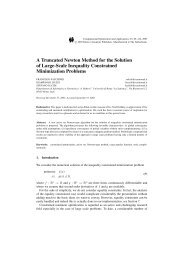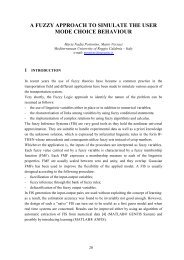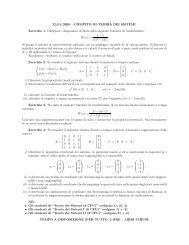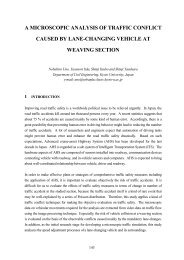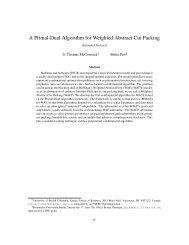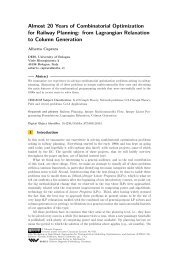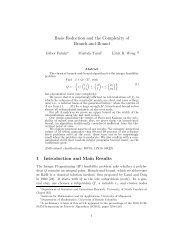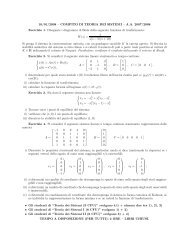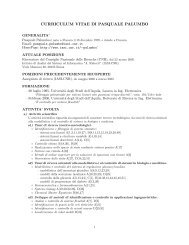CALIBRATION OF HEADWAY DISTRIBUTIONS
CALIBRATION OF HEADWAY DISTRIBUTIONS
CALIBRATION OF HEADWAY DISTRIBUTIONS
Create successful ePaper yourself
Turn your PDF publications into a flip-book with our unique Google optimized e-Paper software.
λ= qα<br />
1− q∆ . (2)<br />
The M3 distribution is theoretically capable of fulfilling requirement 2. above because of<br />
the parameters ∆ and α, although not in the case of small headways. The modelling of small<br />
headways by a fixed value instead of by a complete distribution is based on a simplified<br />
model of driver behaviour.<br />
Requirements 1. and 3. are closely connected, in that it may be possible to fit a given<br />
headway distribution to a number of different observed headways. If one has a number of<br />
independent data sets, it may also be possible to fit a distribution to each of them. However,<br />
as Hagring (1996, 1998) has noted, if the variation in the estimated parameters, i.e. α and ∆,<br />
in a particular headway distribution cannot be related to some independent variable,<br />
normally the volume, the distribution is not useful for prediction purposes.<br />
3 TECHNIQUES FOR PARAMETER ESTIMATION<br />
Different methods can be used to obtain the parameter values in the M3 distribution. Three<br />
methods commonly employed are the method of moments, the maximum-likelihood method<br />
and the least squares method.<br />
4 PARAMETER ESTIMATION<br />
Hagring (1998) employed the three estimation methods just mentioned for estimating the<br />
parameters of the M3 distribution so as to obtain some relation between α and the volume<br />
that could be of use. ∆ was fixed and regression analysis was used to derive a linear<br />
relationship between α and q involving the parameters k 1 and k 2<br />
α = k1+ k2q<br />
(3)<br />
The ∆-values can be based on behavioural assumptions or, as in the present case, be taken as<br />
the inverse of the maximum flow in one lane during stationary conditions. Two data-sets<br />
containing headways from roundabouts with two circulating lanes were employed.



